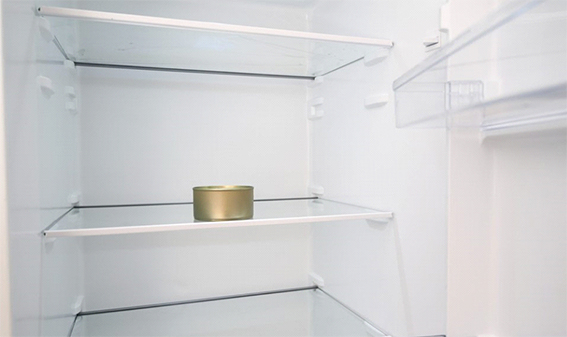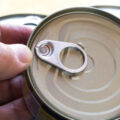Sometimes, we ask ourselves strange questions, but they remind us of the most important people in our lives. Questions such as: What is the best way to store bread and prevent it from getting damp? And how long does an open can of tuna keep well in the refrigerator? are clear examples of these everyday situations.
There is a very strong answer to the question of what is the shelf life of food stored in cans. While sealed containers remain unchanged for weeks or months, the same cannot be said for unopened cans. In fact, their contents may be at risk of developing bacteria, such as ‘Clostridium botulinum’, and fungi; as well as deterioration of the food itself due to oxidation.
Food expert Aitor Sanchez’s opinion was that food should not be kept in the same way, and tuna turned out to be a particular case.
“Opened cans of tuna can be kept in the refrigerator for 4 or 5 days, but no longer”.
reiterated the expert.
For Sánchez, even if the product is bathed in oil and this hinders the proliferation of microbacteria, it can deteriorate and, in fact, the fat in oily fish can lose quality when it comes into contact with oxygen. Precisely for this reason, Sanchez recommends that the product that has been left half covered be tightly capped and stored in another container.
In addition, the time it remains stored in the refrigerator will depend, above all, on the type of oil it contains; depending on this, it can last between 2 or 3 days.
If there is ever any doubt about a can and whether it is necessary to recheck its condition before throwing it away, there are certain clues that can be used to confirm if it is in bad condition. This could include different factors such as visible signs verified by sight or smell.
If a can is swollen, this may be due to bacteria or simply because it has been left for a prolonged period of time at very low temperatures.
If unpleasant odors, bubbles or even foam are present when a can is opened, there is no doubt that it should be discarded immediately. These are unmistakable indications of the poor condition and undesirable quality of its contents.
In addition, if a can is affected and has a deformation, as if something has hit it, it means that the product has not been properly protected, so there is a risk that the food is not safe.














